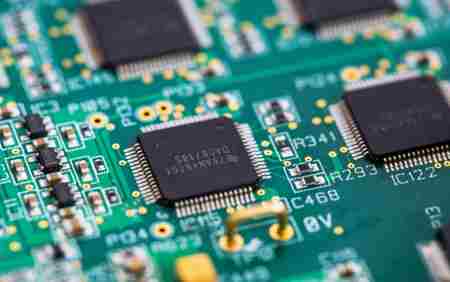Stanford University researchers have unveiled a groundbreaking biodegradable battery designed specifically for Internet of Things (IoT) devices, marking an important leap in sustainable electronics.
As the global IoT ecosystem rapidly expands—spanning smart agriculture, environmental monitoring, and industrial automation—the need for millions of small, low-power batteries is escalating.
Traditional lithium-ion or alkaline batteries not only pose e-waste challenges but also leak toxic materials when discarded improperly. The Stanford innovation seeks to address this problem by creating a power source that performs reliably during use and safely decomposes afterward.
At the core of this breakthrough is a fully biodegradable polymer that serves as both the electrolyte and the casing of the battery. The active materials, such as electrodes, are derived from environmentally safe compounds that break down naturally once disposed.
Unlike conventional batteries that linger in landfills for decades, these units decompose into harmless byproducts, minimizing ecological impact. Researchers believe this will drastically reduce the mounting pile of discarded microbatteries linked to single-use IoT sensors.
The innovation is especially significant for agriculture and environmental monitoring applications. For example, IoT sensors deployed in soil to measure moisture, nutrients, and crop health often operate in large numbers and are difficult to retrieve once their batteries expire.
Biodegradable power units would allow farmers to leave these devices in the ground without generating electronic waste, creating a more sustainable cycle of digital agriculture. Similarly, sensors tracking biodiversity or air quality in sensitive ecosystems could operate without leaving behind hazardous materials.
Performance-wise, the Stanford team demonstrated that the biodegradable battery delivers competitive energy density for short- to medium-life IoT applications. While it may not yet match the power of high-capacity lithium-ion systems, it is sufficient to run low-energy wireless transmitters, environmental sensors, and smart tags for weeks or months.
The researchers are also working on optimizing the charge-discharge cycles to extend the operational lifetime without compromising biodegradability.
The project reflects a broader movement within materials science and electronics toward designing “circular” technologies that consider end-of-life impacts from the outset.
In the case of these batteries, the design philosophy shifts from focusing purely on performance to balancing functionality with ecological responsibility. This could inspire new standards for green electronics and influence the way manufacturers evaluate power systems for billions of small-scale connected devices.
Globally, the research resonates with policy debates on reducing e-waste. The United Nations has estimated that the world generated more than 62 million tons of e-waste in 2022, a figure projected to keep rising. IoT expansion, while beneficial in areas like smart cities and healthcare, risks accelerating this problem unless innovations like Stanford’s are scaled.
Governments and sustainability advocates are closely watching such advances to see how they might integrate into broader waste-reduction strategies.
Looking ahead, Stanford’s biodegradable battery is expected to undergo further development and testing for durability under diverse environmental conditions. The challenge will be to refine manufacturing methods so the technology can be produced at scale and cost-competitive levels.







